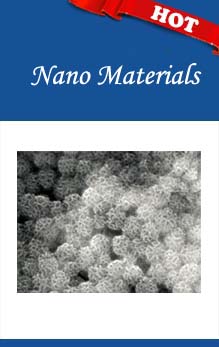carbon nanotube technology is used to develop powerful desal
2018-04-18
Reverse osmosis membranes typically consist of thin film composite systems, with an active layer of polymer film that restricts undesired substances, such as salt, from passing through a permeable porous substrate. Such membranes can turn seawater into drinkable water, as well as aid in agricultural and landscape irrigation, but they can be costly to operate and spend a large amount of energy.
To meet the demand of potable water at low cost, Endo says more robust membranes capable of withstanding harsh conditions, while remaining chemically stable to tolerate cleaning treatments, are necessary. The key lays in carbon nanotechnology.
Endo is a pioneer of carbon nanotubes synthesis by catalytic chemical vapor deposition. In this research, Endo and his team developed a multi-walled carbon nanotube-polyamide nanocomposite membrane, which is resistant to chlorine -- one of the main cause of degradation or failure cases in reverse osmosis membranes. The added carbon nanotubes create a protective effect that stabilized the linked molecules of the polyamide against chlorine.
"Carbon nanotechnology has been expected to bring benefits, and this is one promising example of the contribution of carbon nanotubes to a very critical application: water purification," Endo said. "Carbon nanotubes and fibers are already superb reinforcements for other applications in materials science and engineering, and this is yet another field where their exceptional properties can be used for improving conventional technologies."
The researchers are working to stabilize and expand the production and processing of multi-walled carbon nanotube-polyamide nanocomposite membranes.


